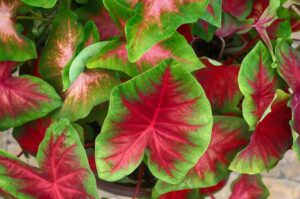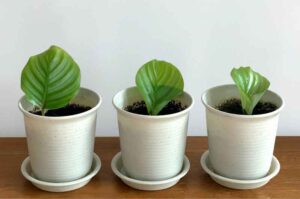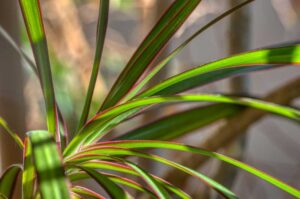Why Is My Philodendron Drooping? (Simple solutions to fix it)
Philodendrons are popular houseplants that have been a choice for many house plant enthusiasts over the decades, due to their beautiful appearance and easy-to-maintain nature. But even then, they are not completely immune to plant issues, and one major among them is the drooping of leaves. In this article, we are going to discuss the issue, Why your Philodendron is drooping.
Overwatering and underwatering are the most common reasons for which your Philodendron is drooping. Other issues that can lead to a Philodendron wilting and drooping its leaves are low humidity levels, temperature stress, overexposure to sunlight, and selection of poor potting soil.
Knowing the exact reason through the different symptoms is crucial before attending to the plant because otherwise, it will be tiring to try out various treatments and worse comes to worst, you might end up harming the plants more.
But fret not! We have come with this article for the exact same issue and to help you easily identify the cause and treat your plant.
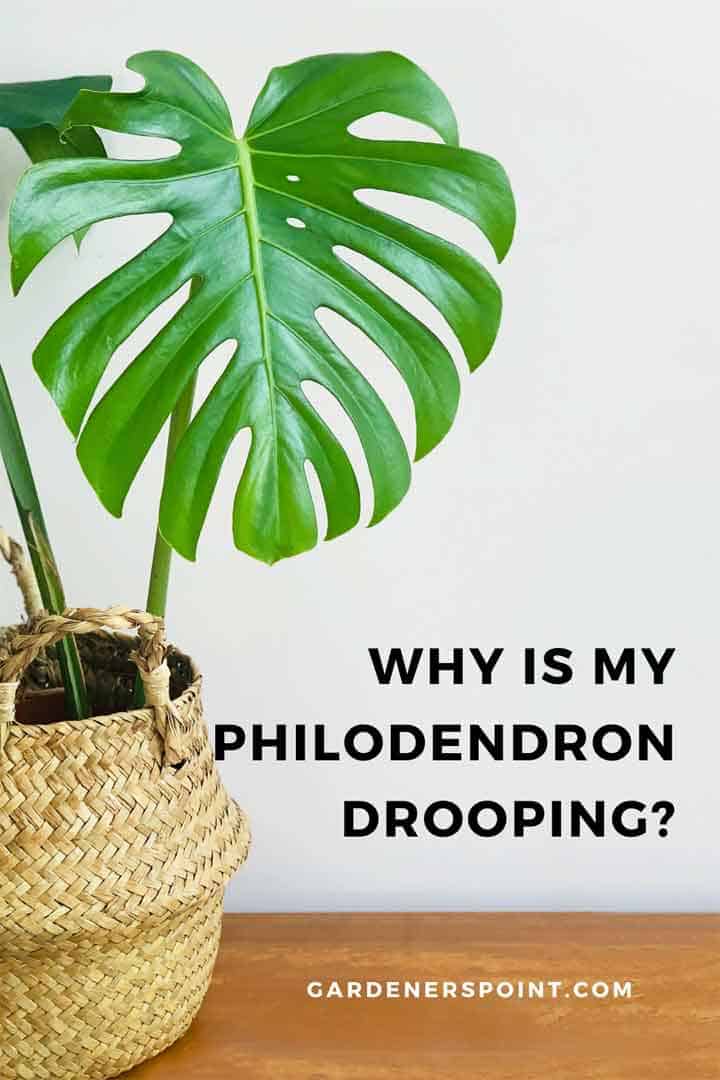
Overwatering
Overwatering is caused when you water the plants more than it requires and the soil gets waterlogged. This blocks the air cavities in the soil and subsequently, the roots are both suffocated due to the lack of air and submerged in soggy soil that might cause root infections and root rot.
Overwatering is one of the most important reasons for which your Philodendron plant might show drooping of their leaves.
Because, if the roots can not function properly, they can not provide enough water to the leaves, for which your leaves might start wilting and show drooping symptoms.
So if your Plant is showing symptoms of wilting and drooping of leaves, the first thing you must ensure that you are not overwatering it.
How do you fix an overwatered philodendron?
Here are a few simple steps that will help you to prevent overwatering and to revive an overwatered Philodendron
- Do not follow orthodox norms of watering plants every day when it comes to Philodendrons. Remember, Philodendrons require moist soil that is balanced in water content.
- Check the soil before watering. Try to push one finger down 2-3 inches into the soil to check the moisture content. If you can easily do so, it means that the soil is properly moisturized and you don’t need to water. If you cannot push your finger in, then the soil has turned dry and it is time to water.
- Keep the plant in an area getting bright light and warm temperature. It will help the potting soil to dry out easily.
- Use a well-draining potting soil, that can easily prevent overwatering.
- Use a pot that has enough drainage holes in it so that the excess water can flow out.
- If your plant is still not showing signs of recovery, consider repotting it.
Underwatering
Underwatering is the opposite issue, caused when you do not water the plants even when they need it and the soil has run dry.
Underwatering can arise due to various reasons like irregular watering habits, use of improper potting soil that cannot hold water, and also from keeping the plant in direct sunlight that takes away the water content and moisture from the soil.
Generally, the Philodendrons will show the following signs if this is the issue.
- Leaves start drooping (main sign)
- The leaves turn brown or yellow.
- The plant might even have stunted growth.
How to prevent a Philodendron suffering from Underwatering
These are a few steps you can follow to prevent your plant from underwatering
- Keep the plant away from direct sunlight. Keeping the plant in direct sunlight will turn the soil dry quickly and dehydrate the plants.
- Don’t place the soil where there are hot and dry air drafts
- During winter you can also use SIP watering techniques to water your plants.
- Check your potting soil regularly, if you find it dry then immediately go for watering.
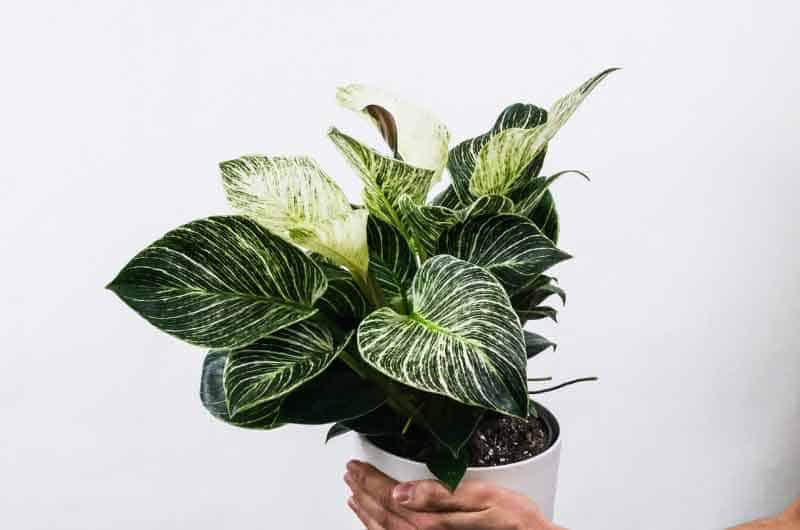
How do I know when my Philodendron needs water?
It includes only a few simple steps to know if your Philodendron plant is in deficient of water or not.
- First, poke your fingers in the potting soil.
- If you can insert your finger one to two inches down in the soil, and the soil is feeling moist, then there is enough water for your plant. No need to go for watering. You can do the same test one or two days later to ensure there is sufficient moisture or not.
- If the soil is not moist, and completely dry, then immediately go for watering.
If your plant is suffering from water problems, following these methods will quickly bring the leaves back to life.
You may also like- Philodendron White Knight – An easy to grow Philodendron
Overexposure to Sunlight
Overexposure to sunlight is another leading issue that causes Philodendron plants to droop.
Philodendron plants are native to tropical rainforests of South America. But they grow in the forests as under bushes i.e. under the shade of huge canopies that protect their leaves from the direct rays of the sun.
Therefore, when grown indoors, care should be taken so that the plant doesn’t receive direct sunlight on its leaves.
Overexposure to sunlight can turn these plants yellow and cause them to droop. The leaves might even suffer sunburn if left out for a long period of time in direct sunlight.
And as already mentioned before, keeping the plants in direct sunlight also causes the soil to dry up faster and dehydrate the plants.
What light conditions are perfect for Philodendrons?
The answer is bright indirect sunlight. An area getting bright but diffused sunlight is ideal for this plant.
Such a condition can be achieved by
- Placing the plants on the northern window sills which do not get direct sunlight.
- Keeping the plants a few inches away from the windowpane. The light intensity drops rapidly as one moves away, thus keeping them a few inches away will make sure they get the required light but not the direct sun or intensity of the sunrays.
- Put a curtain between the plants and the windowpane.
These methods are extremely useful for the recovery of the plants if they have been kept in direct sunlight and now are drooping. Once recovered, the same methods should be followed for proper maintenance.
Temperature Stress
As before mentioned, Philodendrons are tropical plants, and accordingly are accustomed to high temperatures. Thus providing them with the same is crucial to keep them healthy.
Providing improper temperature conditions can be another reason that your plant is drooping.
Philodendrons can survive quite a wide variety of temperatures but the ideal requirement for them is around 65F to 80F during the day, and around 60F during the night. Don’t let the temperature drop below 50 degrees Fahrenheit as this can eventually kill the plant.
Keeping the plants away from cool drafts of air, as in from an air conditioner or an open window does the trick most of the time.
Low Humidity Levels
Just like high-temperature levels, these plants prefer high humidity levels too. Keeping them in moisture-deprived air surroundings reduces the transpiration rate of these plants and the leaves curl up. They do this to save extra loss of water.
Extremely low humidity levels for a prolonged period of time will eventually cause for drooping of these plant.
There are various ways you can increase the humidity levels around the plants.
- Using a humidifier around the plant. Humidifiers are a popular choice for many gardening enthusiasts.
- Grouping the plants. Plants release water into the air by transpiration, this raises the moisture content in the surrounding air and keeps the humidity level high.
- Use a pebble tray(also known as Humidity tray). Humidity trays are an ingenious method to keep the humidity around your plant high all day long. Learn how to make one here https://www.youtube.com/watch?v=YauDIfDXe9A.
You may also like- Do philodendrons like to be misted?
Poor Potting Soil
Potting soil decides the overall growth of a plant which makes it one of the most important factors. Using potting soil that cannot hold moisture, and is not properly drained is detrimental to plant growth.
The plant will get dehydrated and neither receive the essential nutrients and minerals from the soil, thus making this another cause for drooping leaves.
Using a potting soil mix that is well-drained and rich in nutrients is highly recommended. If the soil is not well-drained the water will remain in the soil for a longer period of time making the soil soggy which will further cause the plant to droop.
3 parts of regular potting soil and 1 part perlite create a mix that has good drainage and structure providing ample aeration to the roots.
Along with these, you can also implement the use of fertilizers during the growth period of the plant and if you haven’t done so you use them for the recovery period. Use balanced all-purpose fertilizer or any liquid fertilizers for this purpose.
Try Transplanting
Sometimes after the plant has fully matured they might become root-bound. This can also be a reason for your drooping plant.
If a plant becomes root bound it is advised to change the pot immediately into a bigger one (no more than two-inch) with care to avoid transplant shock.
Follow these steps for transplanting your plant.
- Use a sharp object like a kitchen knife and run it around the length of the pot to loosen the soil.
- Carefully take out the plant making sure no physical damage is caused.
- Loosen the root ball only if required, if not so, then do not meddle with it.
- Place the plant in a pot that is no more than 2-inches bigger than the last one and pour new soil around the old one.
- Water thoroughly.
Remember, do not change pots if not required, but plants tend to become root-bound after some years and you have to do it then only.
Conclusion
Philodendrons are quite adaptive to their surrounding conditions and thus are easy to maintain. All you have to do is keep an eye out for their signals if any, and treat them accordingly. If you can do so without fail, your plant will be healthy and upright again in no time.



